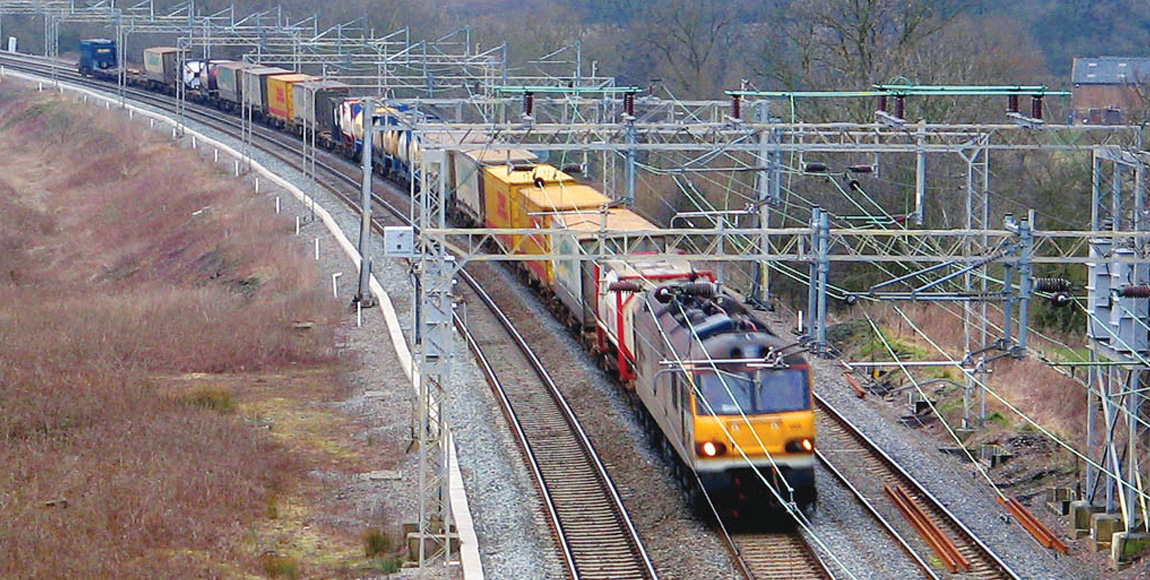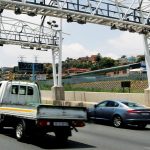From Road to Rail, the finale

We finalise our discussion on creating dedicated hubs for moving freight from road to rail.
Road to rail (R2R) Hubs could be the solution to moving freight from road to rail. The hub’s infrastructure and operations would need to accommodate various phases of cargo movement, including arrival by road.
Things that should be considered are:
• a holding area for trucks and their loads to safely await security clearance;
• how the cargo will be cleared;
• the location of the weighbridge;
• how the entry of rail cargo will be facilitated;
• how cargo will be measured and receipted.
Cargo will need to be stored pending the arrival of rail transport, or the sufficient accumulation of cargo. It must be appropriately demarcated, safely stored and monitored.
Suitable infrastructure and cargo-handling equipment must be provided to store and move cargo. It must be properly weighed and documented on despatch.
Insurance
The rail operator will need a range of insurance to cover the building and operation of the hubs. In addition to the usual commercial insurance required for such a facility, cover for any liabilities that the rail operator may incur to cargo interests and other hub users is essential.
Interface Agreements
The rail operator’s terms of contract must be established. Many of the above issues will require the rail operator to enter into agreements with third parties. Wherever possible, standard agreements should be used.
Agreements are necessary with all third-party service providers. The most important agreements outside of those with the hub operator will be with the cargo interests and should cover the following issues:
• Dedicated supply of cargo:
• How will the 30-percent requirement of moving freight to rail (as required in Zambia) translate into each individual cargo interest?
• How will this contribution be monitored, and over what period?
• The obligation to deliver to, and or collect from, R2R Hubs must rest with the cargo interest, and cargo must be delivered, and or collected, within prescribed time limits.
• Weighbridge weights are to be final and binding.
• What level of liability will attach to the rail operator prior to goods being weighed, and will it be limited to loss or damage caused by gross negligence?
• Where liability is attached, it must be limited either to a capped figure (per incident and per annual aggregate), or to an amount per metric tonne (to be agreed with the rail operator insurers).
• Cargo interests to insure goods on “all risks” terms.
• How will cargo interests pay the freight operator? And how will already existing tariffs be incorporated into the agreement?
The R2R Hub initiative has the potential to assist in moving freight off Africa’s hard-pressed roads on to the rail network. As much of this continent’s rail networks need to be built, repaired or refurbished, it makes sense to include the R2R Hub concept into the planning process.
Published by
Andrew Robinson
focusmagsa




